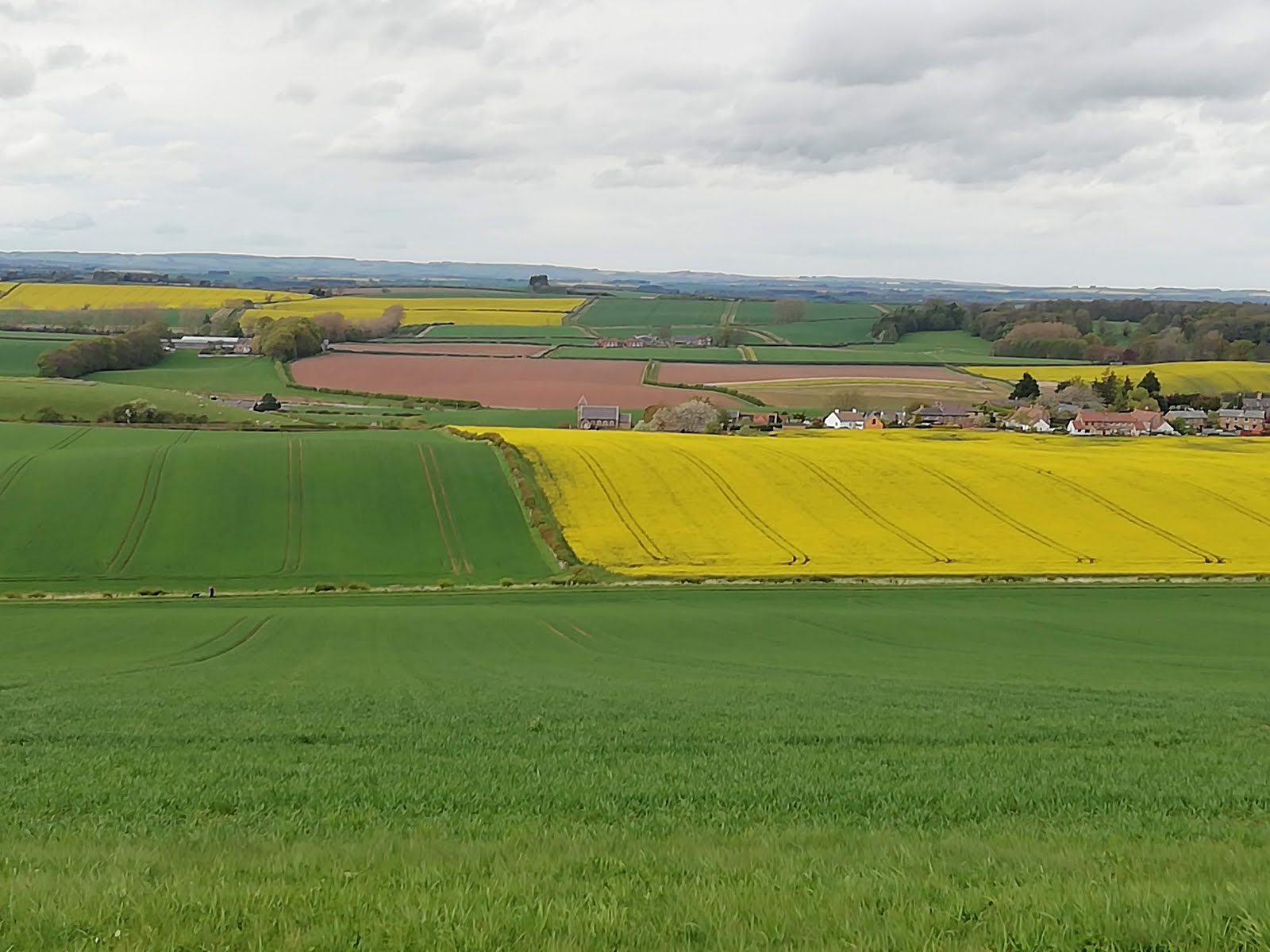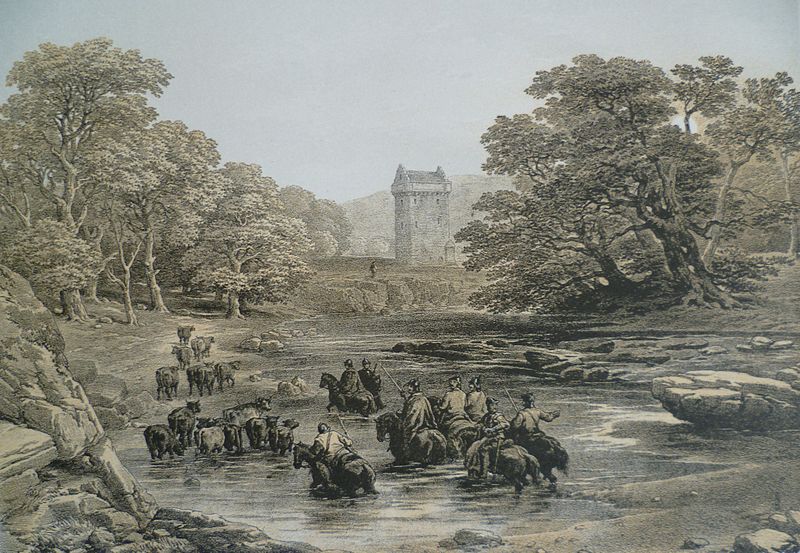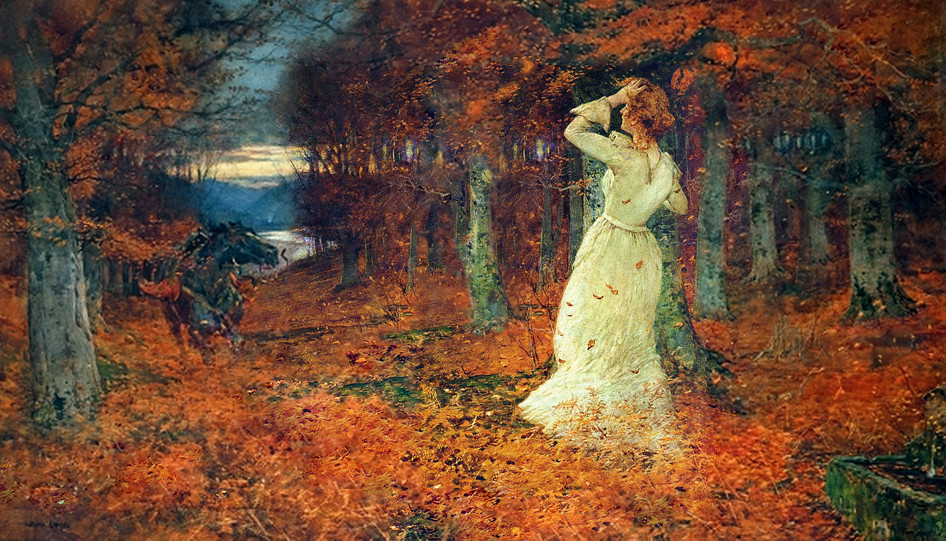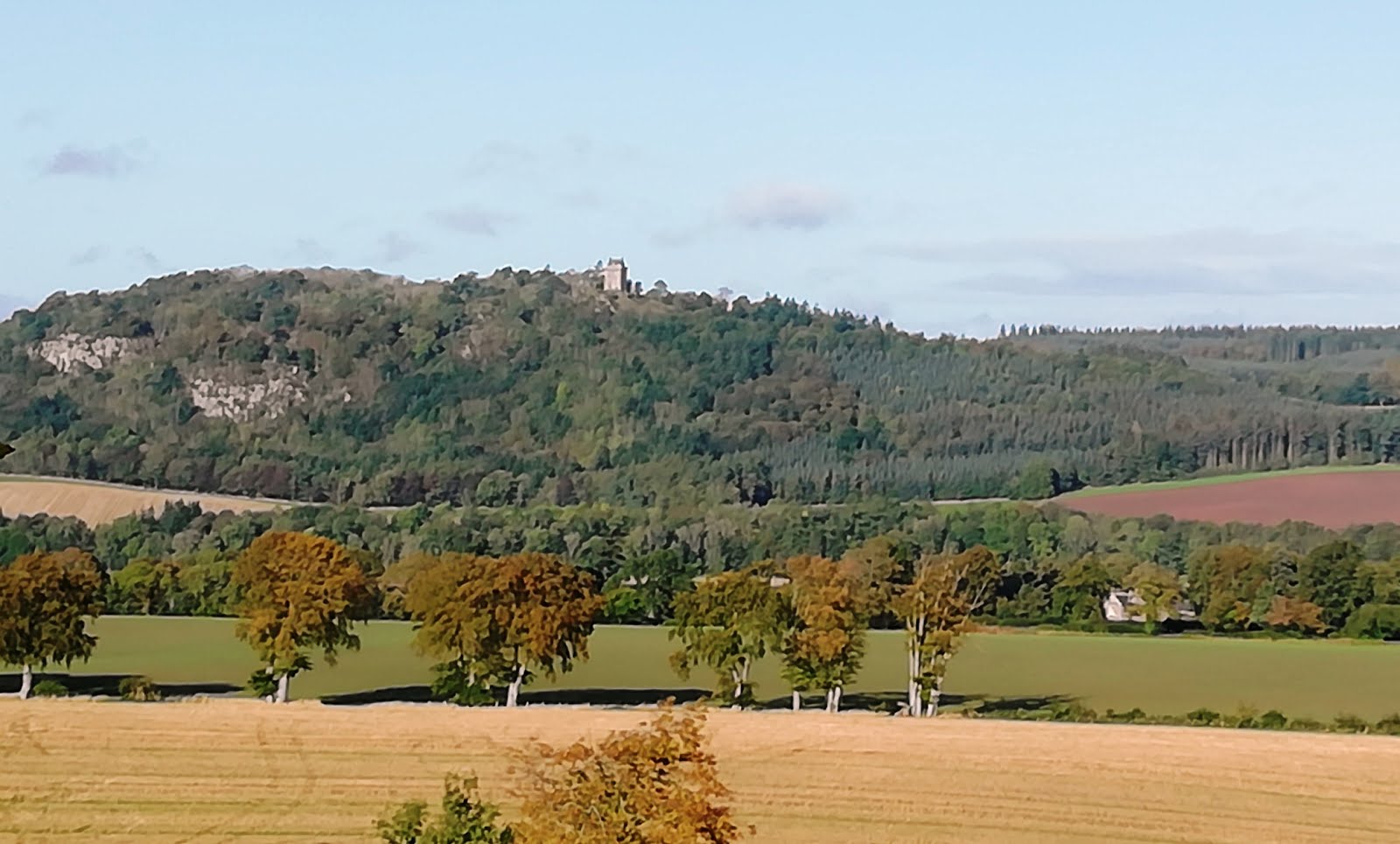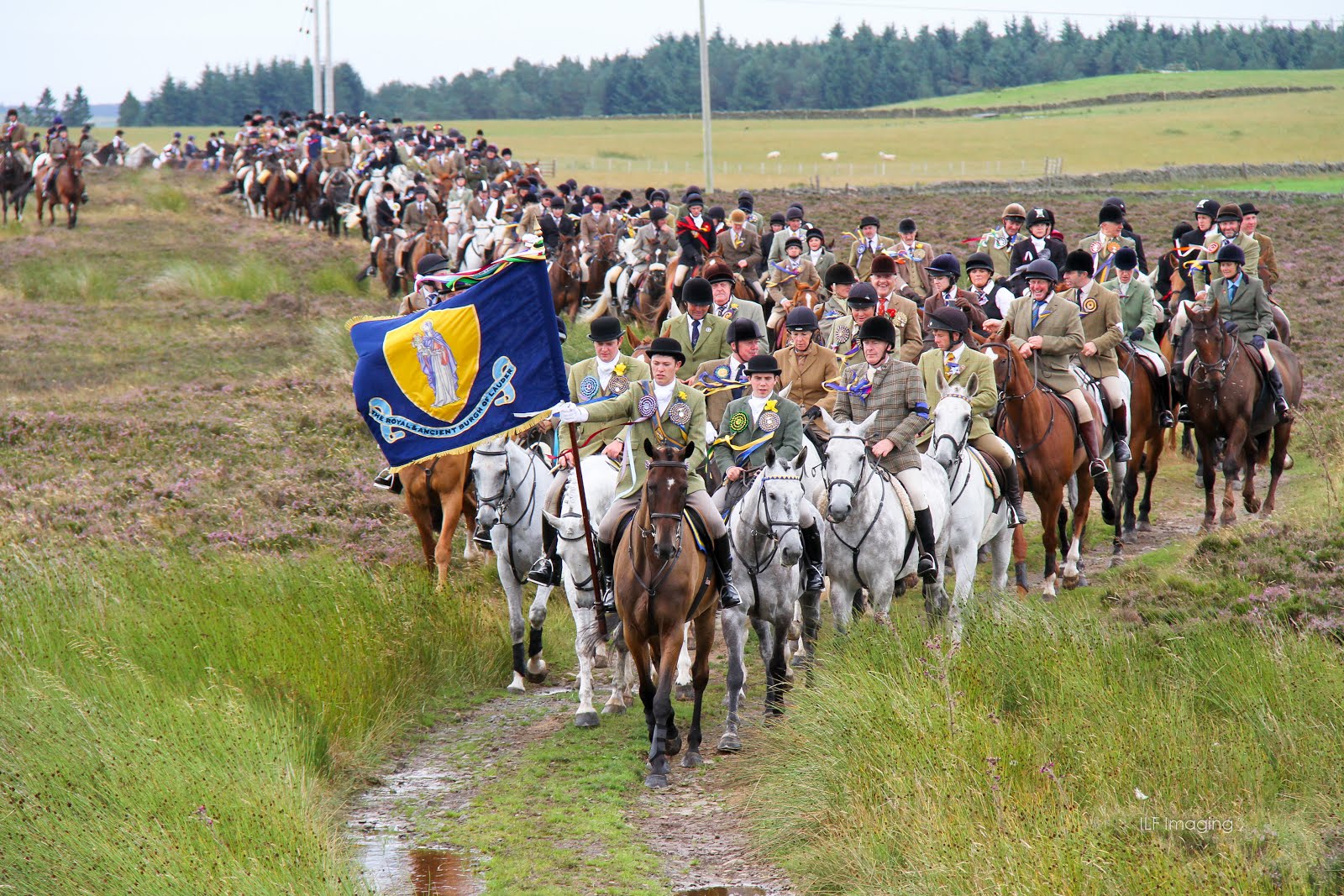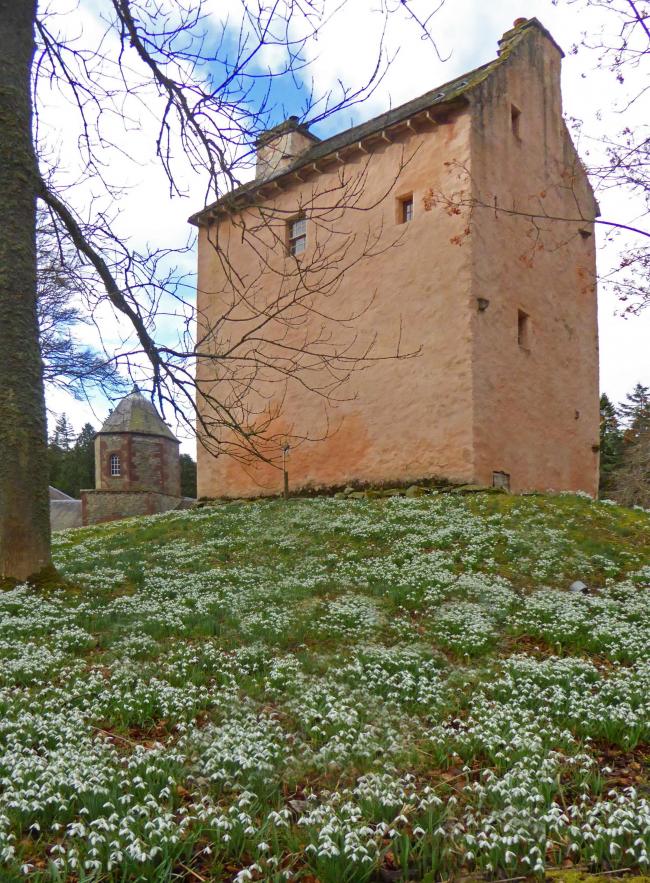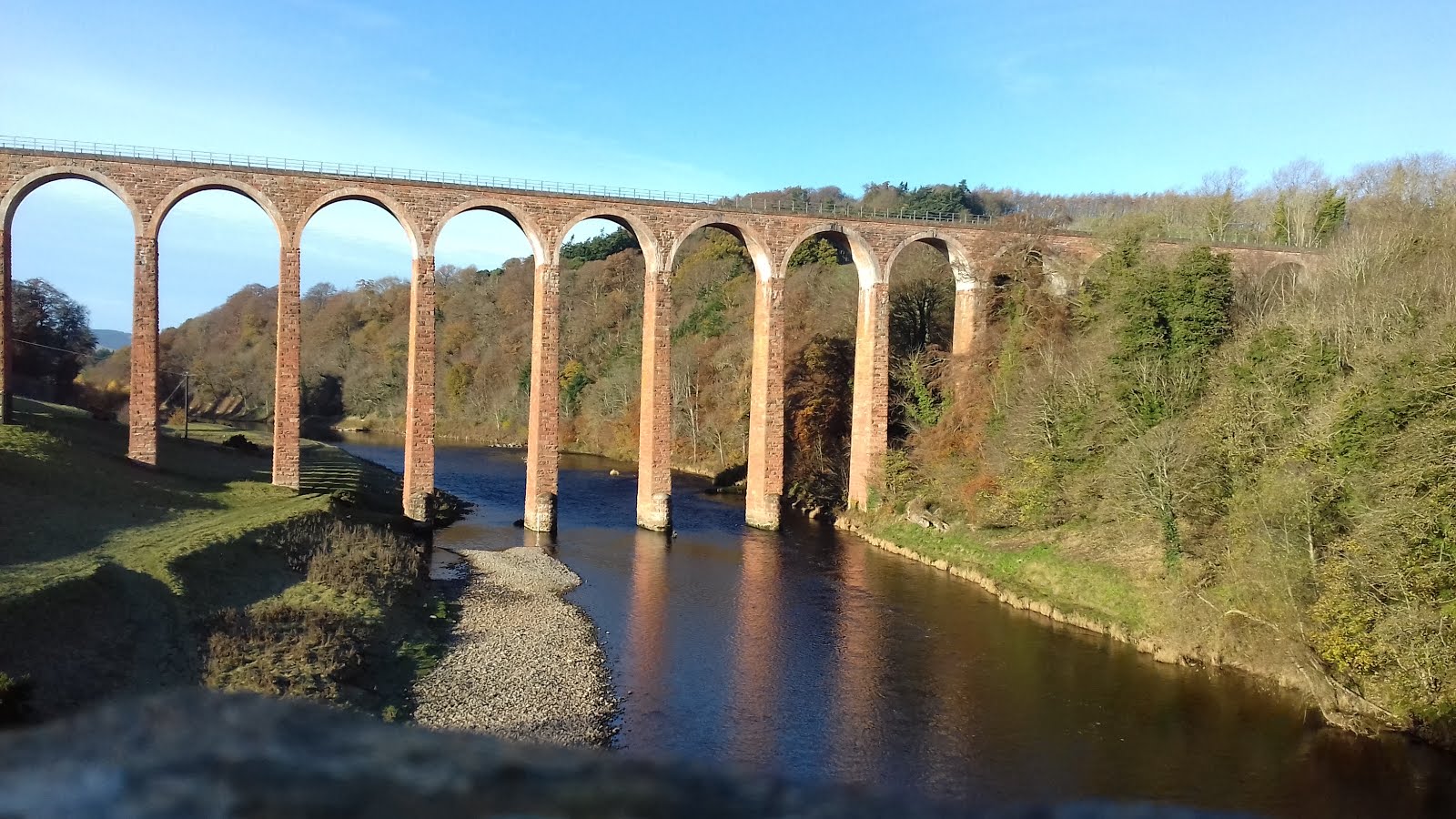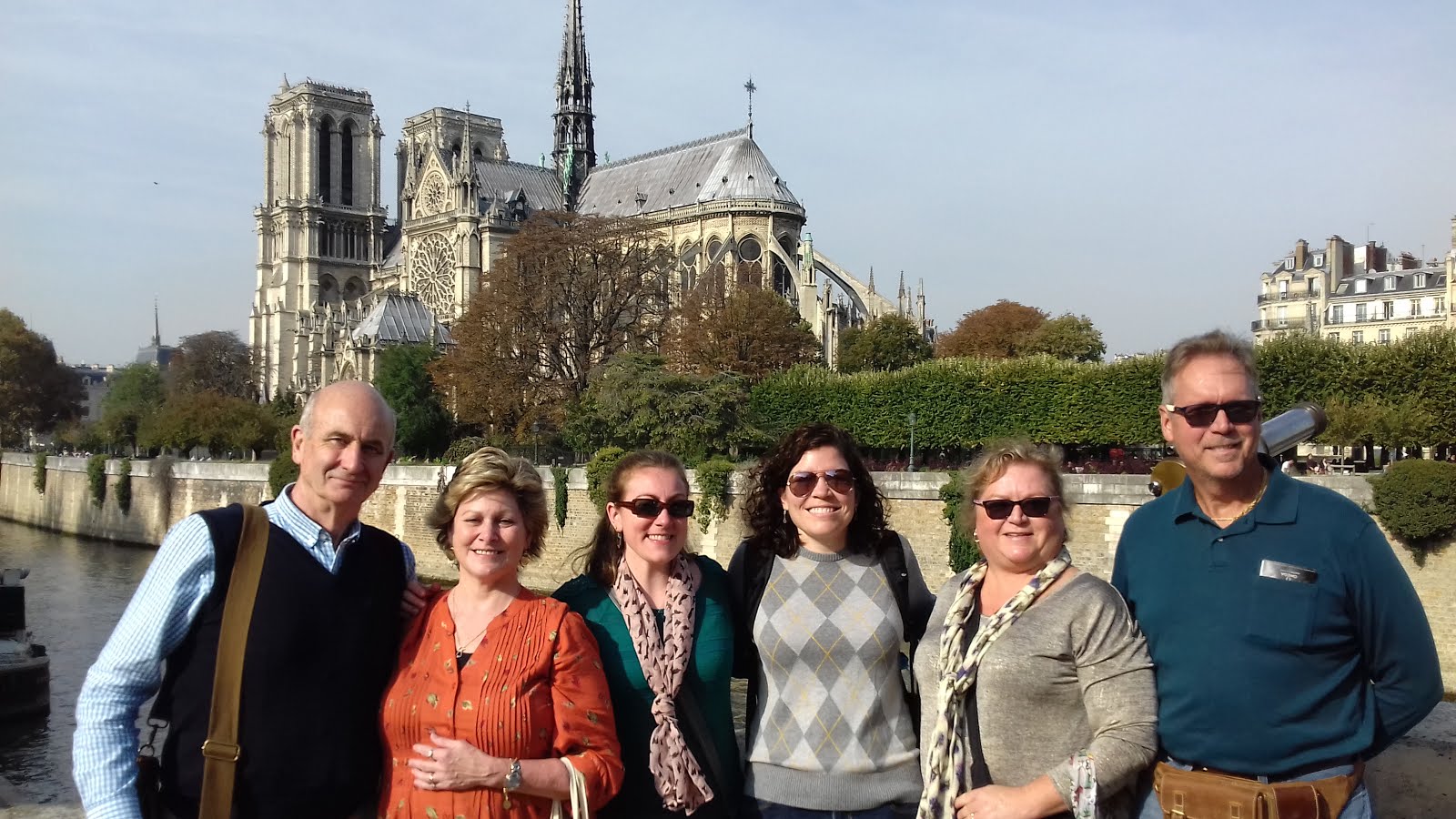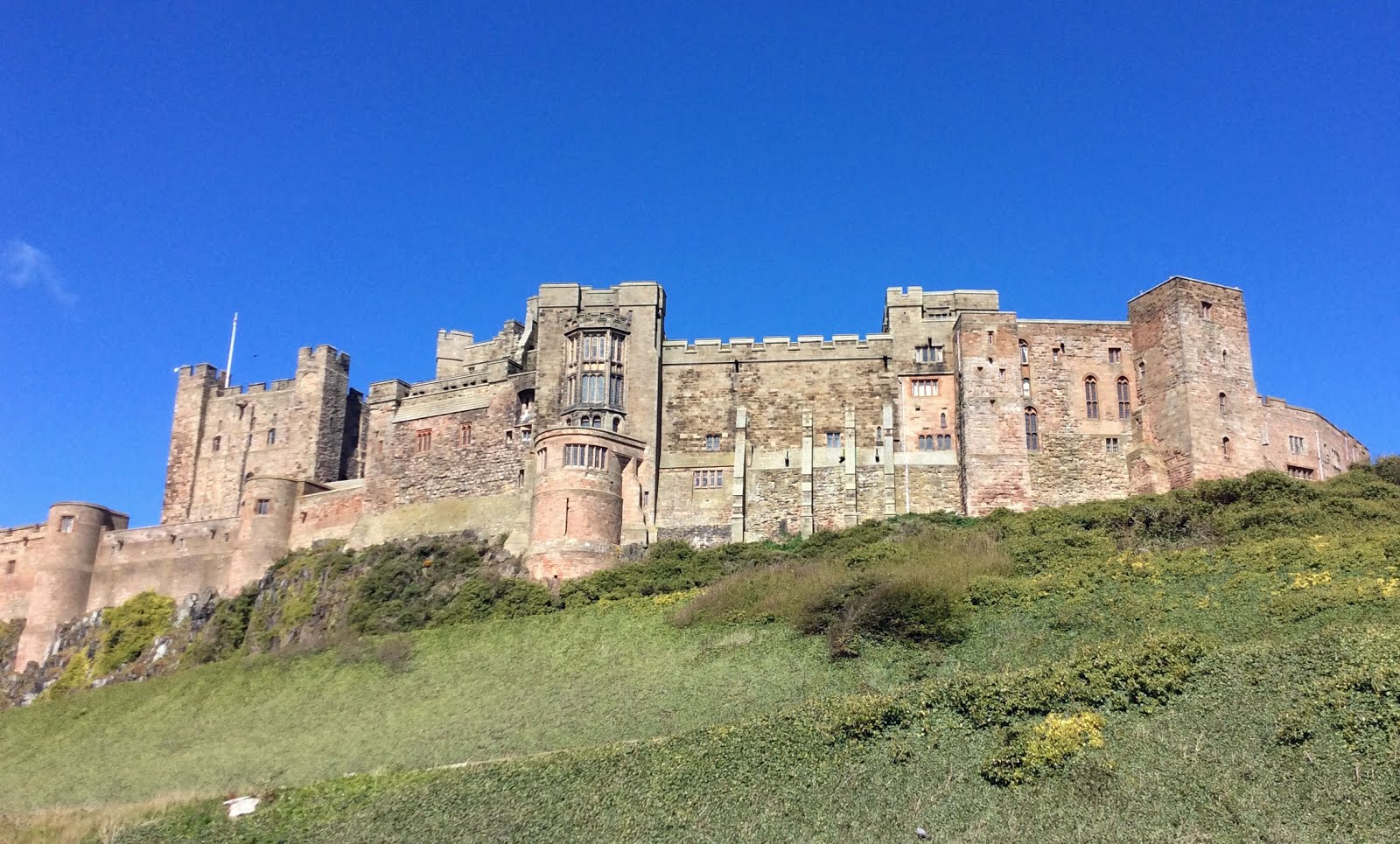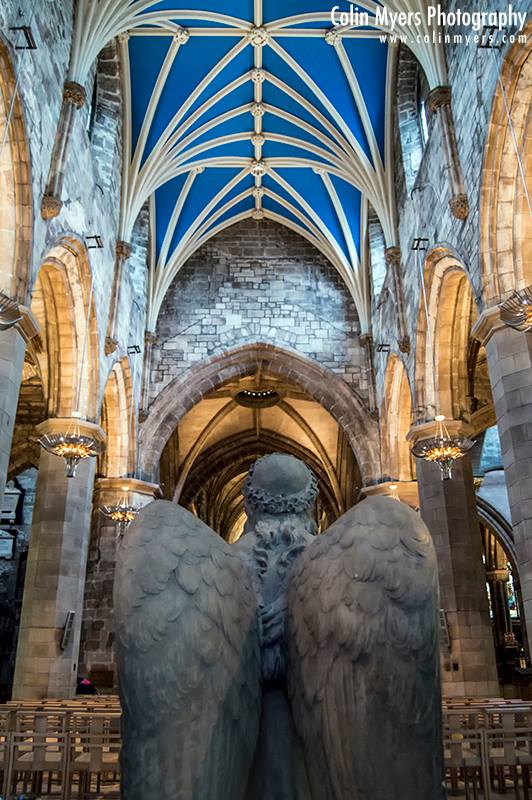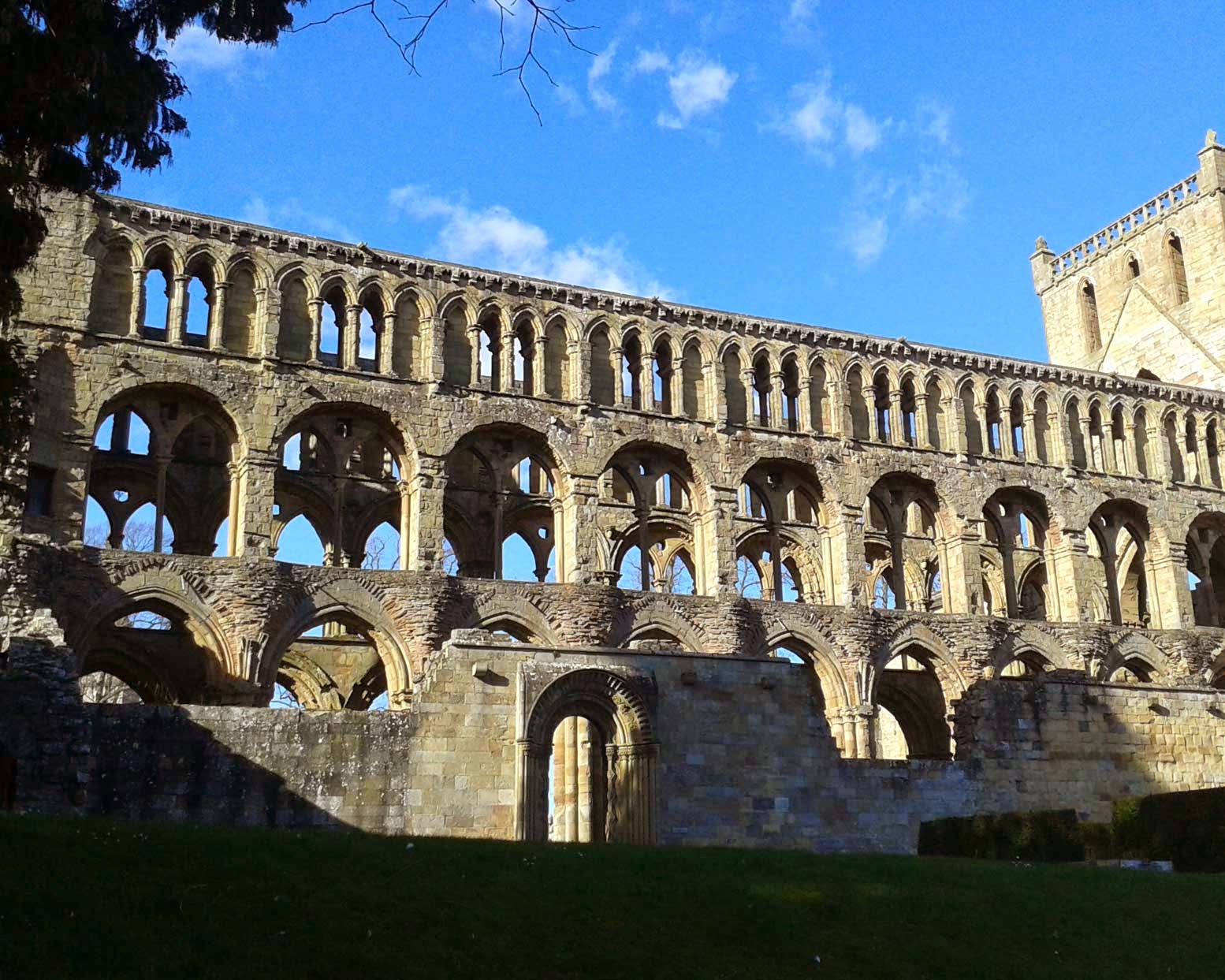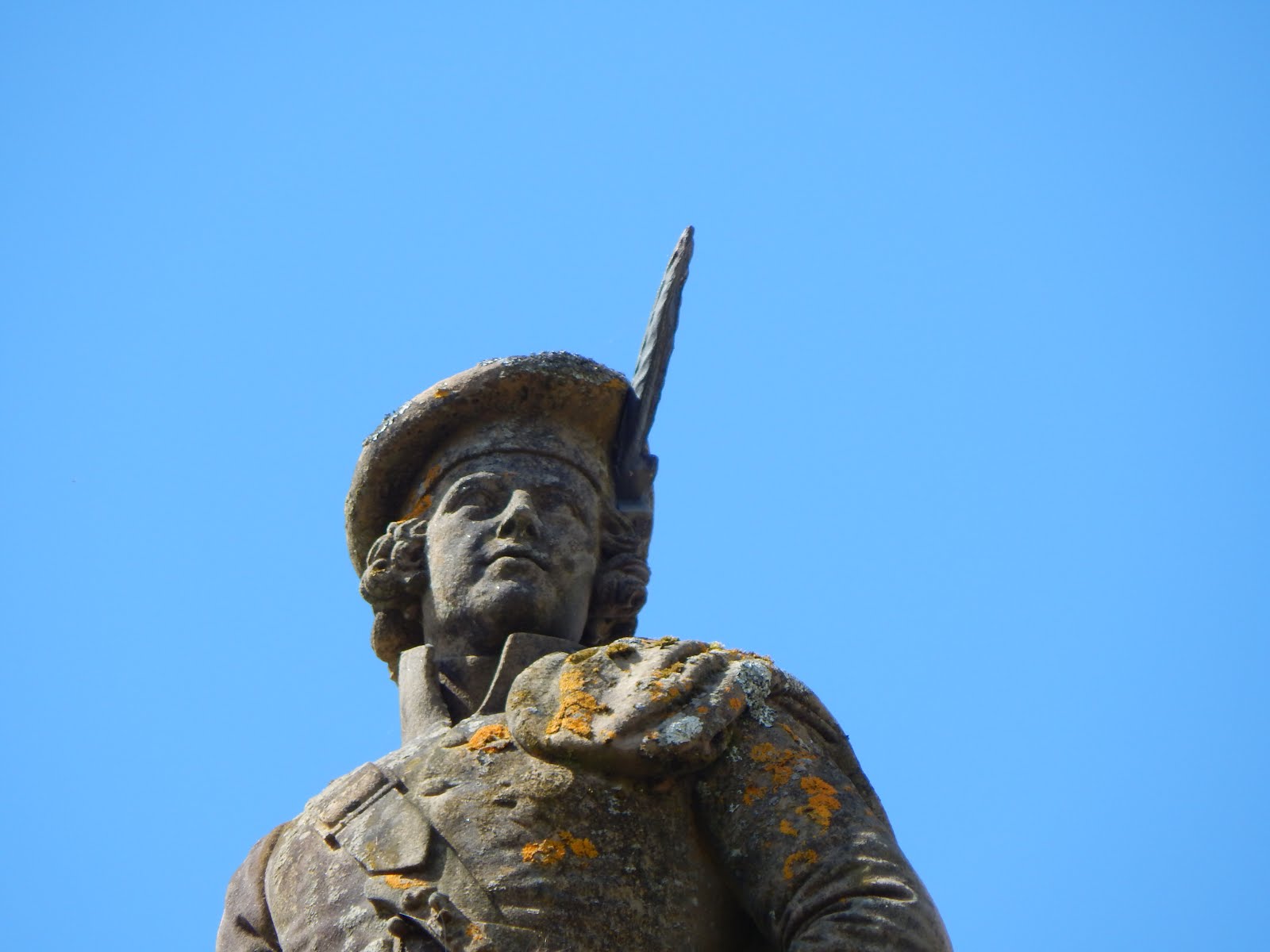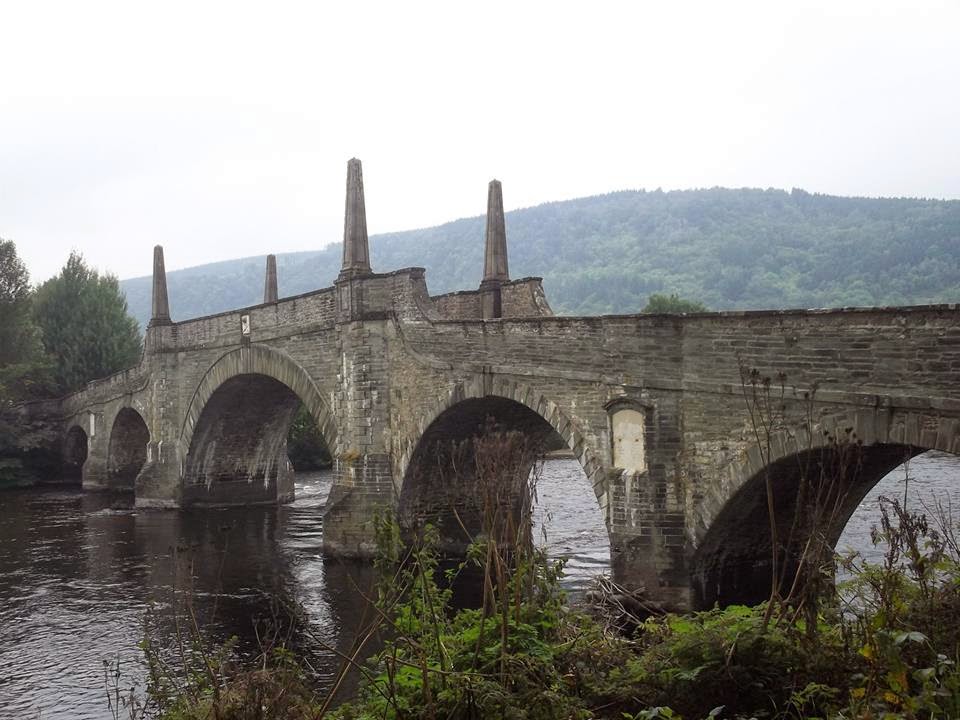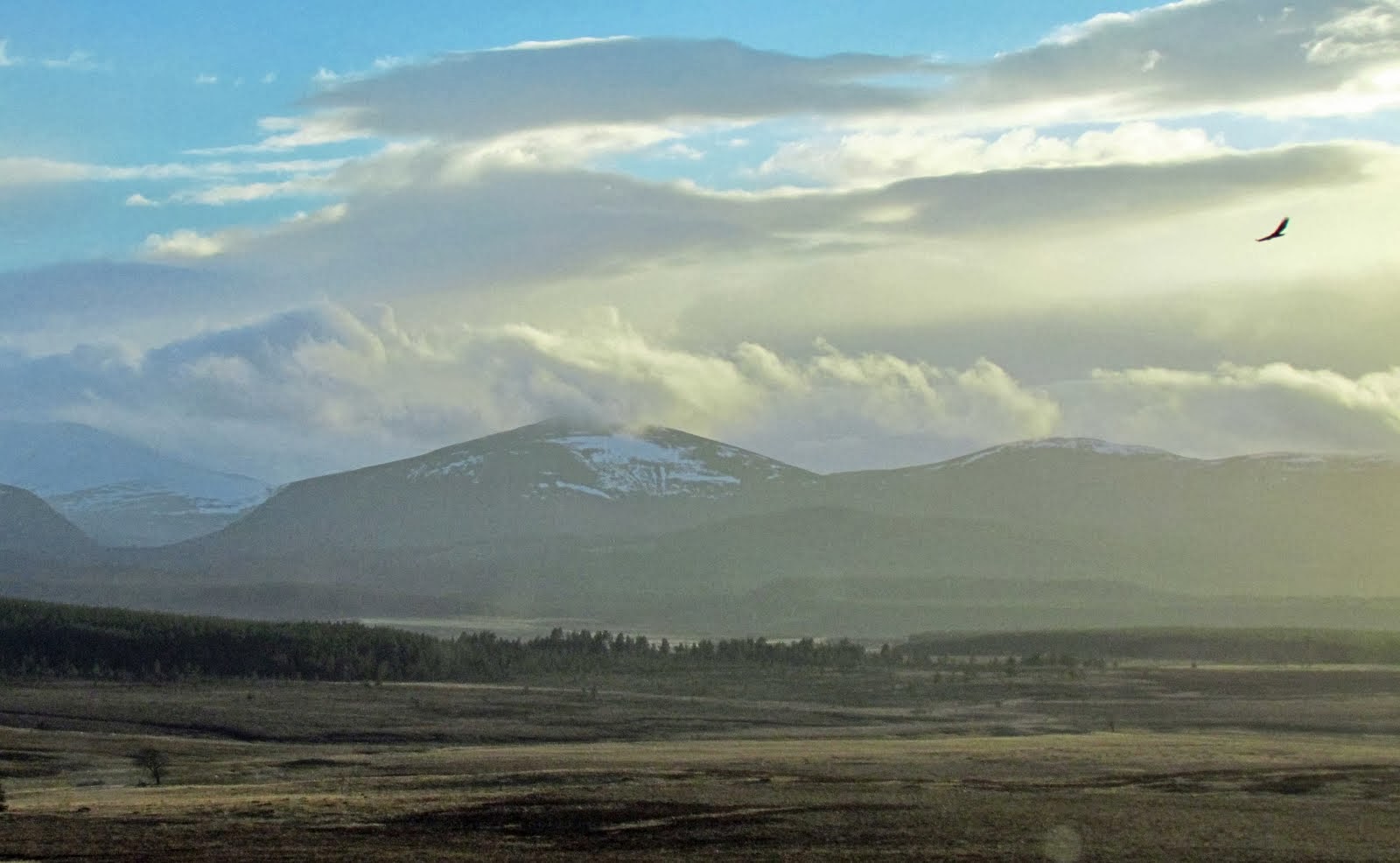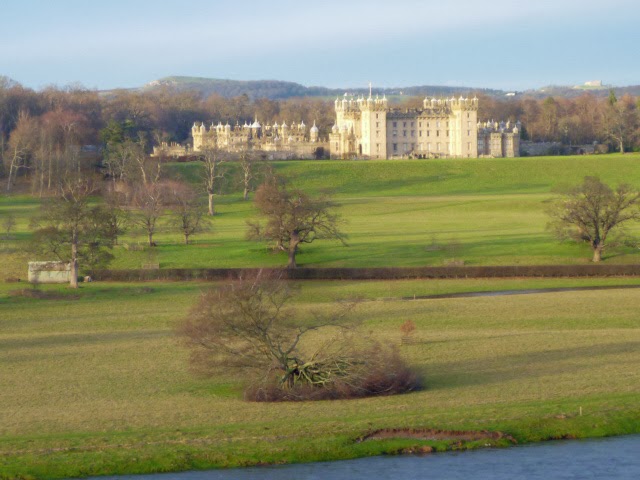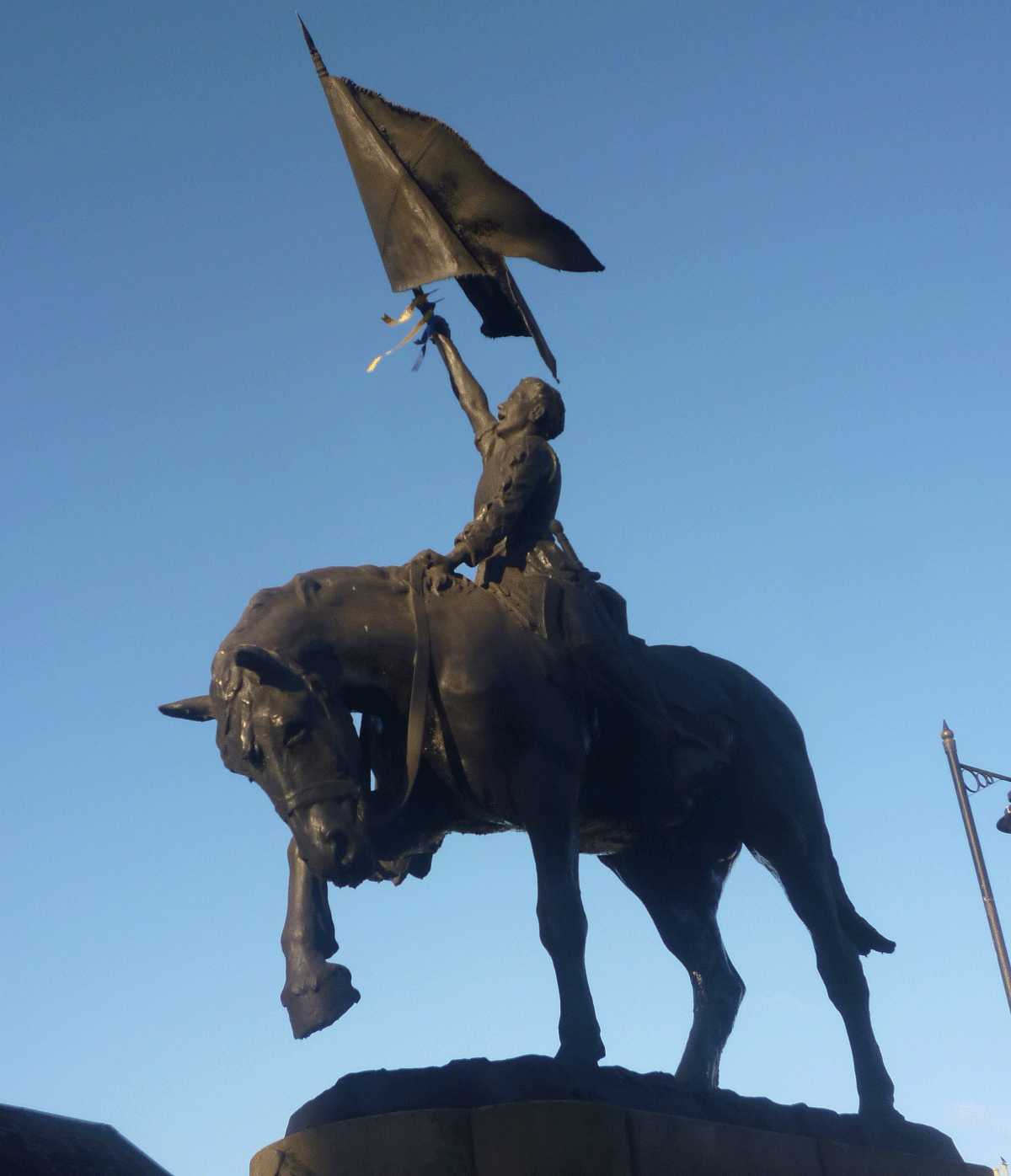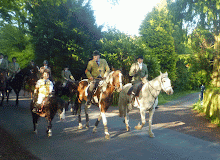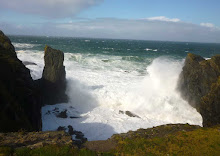Tuesday, May 15, 2012
The Queen's Unfortunate Love of Golf
Mary Queen of Scots (1542 - 1587) is reported to be the first woman to play golf regularly. Now some readers will know how that game can just get a hold of you; it clouds the judgement. So it was for Mary: people noticed that within days of the murder of her husband, Lord Darnley, the Queen was back out with her bag of golf sticks chasing that wee ball along the links. Of course it didn't help that fifteen weeks later she married the Earl of Bothwell, the man generally thought to be her husband's murderer.
Not only was Mary a golfer, but a fine horsewoman, poet, musician, and according to a contemporary "there was no human knowledge she could not talk upon... she used a most gentle style of speech, with kindly majesty mingled with modest reserve". She was also tall, athletic, beautiful. In fact she was just the sort of queen that Scotland needed in the 16th century. But it all went horribly wrong. Golf was the least of her problems; the biggest was... men; she fell in love with the wrong ones. It is a long and tragic story, related in many books and now by the excellent Scottish Portrait Gallery in an eTour.
But if you would like to see the castles and palaces where she was born and christened, where she lived and danced, prayed and plotted, you can now accompany Lord Sempill in a personal tour which fleshes out the life and loves of this extraordinary woman. A compelling story, well told.
Thursday, January 12, 2012
The Burning of the Clavie
Though my calendar shows 12 January, it is actually January 1st ... according to the Julian Calendar, accepted in Britain until 1752 (in Alaska until 1867 and Russia until 1917).
That means last night must have been Hogmanay and a night of celebration! And so it was for the folk of Burghead in North East Scotland who celebrate with a fire festival, the Burning of the Clavie, every 11 January.
A burning tar barrel is carried flaming through the streets and burning staves are given to residents to bring them luck in the New Year. Finally the clavie forms the nucleus of a bonfire on the rampart of an ancient Pictish fort. Burghead was the heart of the northern Pictish kingdom from the 4th century until destroyed by the Vikings in the 9th century.
What is it about Scotland and fire festivals? At Hogmanay in Stonehaven near Aberdeen locals make up balls of chicken wire which they fill with flammable material and march through the streets, swinging the burning balls round their heads, accompanied by a pipe band.
In Shetland at ceremonies called Up Helly Aa they throw burning torches into a replica viking ship.
It's all a wonderful excuse for bringing the community together and brightening up the long nights with a good bonfire and a party!
Subscribe to:
Posts (Atom)










